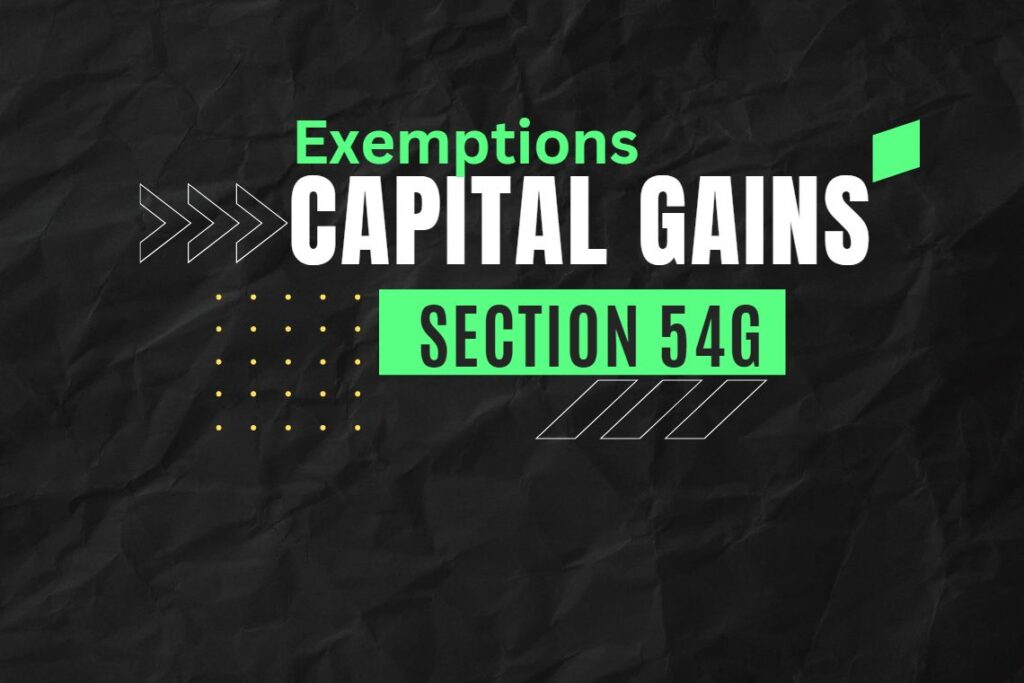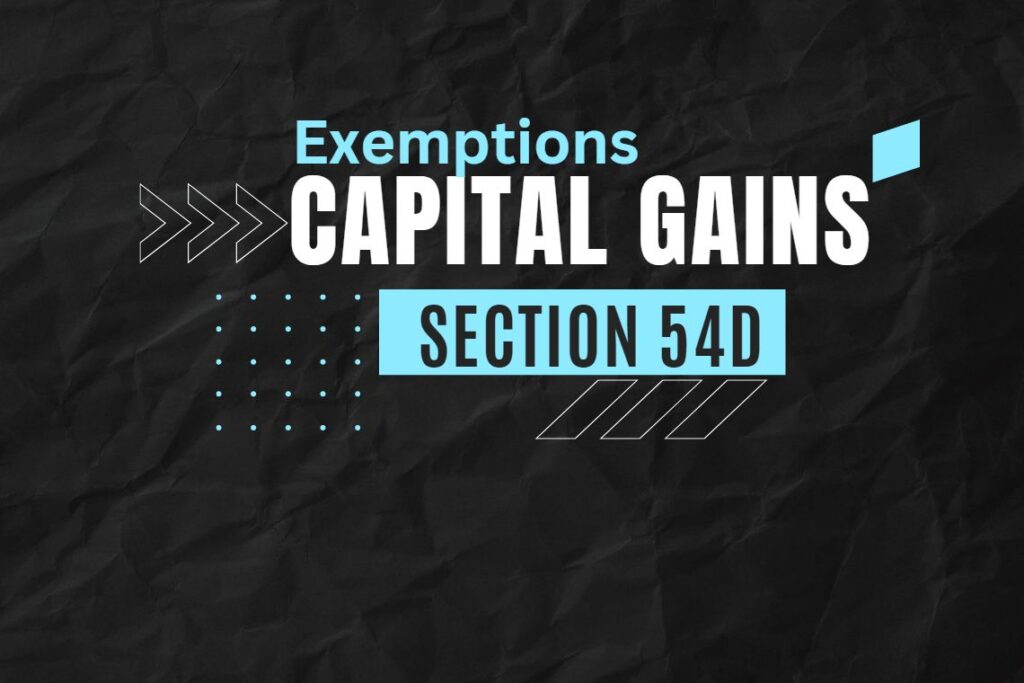When non-residents (NRIs/Foreign Investors) transfer shares/debentures of Indian companies, special tax provisions apply under:
- Proviso to Section 48(Tax calculation method)
- Rule 115A(Tax rates and exemptions)
1. Key Tax Rules for Non-Residents
(A) Tax Rates
| ASSET TYPE | HOLDING PERIOD | TAX RATE |
| Listed Shares | >12 months (LTCG) | 10% (no indexation) |
| Unlisted Shares | >24 months (LTCG) | 20% (with indexation) |
| Debentures/Bonds | Any period | 10% (if listed) or slab rate (if unlisted) |
(B) Calculation Method (Proviso to Section 48)
- Capital Gain = Sale Consideration (in INR) – Cost of Acquisition (in INR)
- Currency Conversion:
- Purchase Price: Converted to INR at exchange rate on purchase date.
- Sale Price: Converted to INR at exchange rate on sale date.
Example:
- An NRI buys 100 shares @$10(₹500/share in 2020).
- Sells in 2024 @$20(₹1,600/share).
- Taxable LTCG: (₹1,600 – ₹500) × 100 = ₹1.1L(10% tax = ₹11,000).
2. Exemptions & Reliefs
(A) DTAA Benefits
- If the NRI’s home country has a Double Taxation Avoidance Agreement (DTAA)with India:
- Lower tax rates may apply (e.g., Mauritius/Singapore DTAAsallow 0% LTCG for pre-2017 investments) .
(B) Tax-Free Scenarios
- Gifts to relatives(Section 47).
- Transfer to an Indian resident(if no capital gain arises).
3. Compliance Requirements
(A) TDS Deduction (Section 195)
- Buyer must deduct TDS @20%(or lower DTAA rate) before payment to NRI.
- Exemption: No TDS if transaction is through Indian stock exchange(SEBI rules apply).
(B) Tax Return Filing
- NRIs must file ITR-2if gains exceed ₹2.5L/year.
4. Comparison: Resident vs. NRI Taxation
| ASPECT | RESIDENTS | NON-RESIDENTS |
| LTCG Tax (Listed Shares) | 10% (>12 months) | 10% (>12 months) |
| Indexation Benefit | Available for unlisted LTCG | Available for unlisted LTCG |
| TDS | 1% (if sale >₹50L) | 20% (or DTAA rate) |
5. Recent Changes (2023-24)
- No LTCG indexationfor listed shares (Budget 2023).
- Higher TDS scrutinyfor NRI transactions.
1. Exemption of Long-Term Capital Gains for NRIs on Transfer of Foreign Exchange Assets [Section 115F]
Section 115F of the Income Tax Act, 1961, provides tax exemptions to Non-Resident Indians (NRIs) on long-term capital gains (LTCG) arising from the transfer of foreign exchange assets, provided the proceeds are reinvested in specified assets within a stipulated time.
1. Key Conditions for Exemption
To claim exemption under Section 115F, the following conditions must be met:
- Asset Type: The transferred asset must be a foreign exchange asset, such as:
- Shares/debentures of Indian companies (public/private).
- Deposits with Indian public companies.
- Government securities (e.g., NHAI/REC bonds).
- Immovable property in India (if purchased in foreign currency).
- Holding Period: The asset must be held for >36 months(or >12 months for listed shares) to qualify as LTCG.
- Reinvestment Requirement: The net sale proceedsmust be reinvested in specified assets within 6 months of transfer. Eligible reinvestment options include:
- Shares/debentures of Indian companies.
- Government bonds (e.g., Section 54EC bonds).
- New residential property (Section 54 applies separately).
- Lock-in Period: The new asset must be held for at least 3 years. If sold earlier, the exemption is revoked, and the original LTCG becomes taxable.
2. Calculation of Exemption
The exemption amount depends on the proportion of reinvestment:
- Full Exemption: If the reinvestment amount ≥ net sale proceeds.
- Partial Exemption: If reinvestment < net sale proceeds, the exemption is calculated as:
Example:
- LTCG: ₹10 lakh (from selling shares).
- Reinvestment: ₹6 lakh in REC bonds.
- Exemption: (₹10L/₹10L) × ₹6L = ₹6 lakh(remaining ₹4L is taxable).
3. Tax Rates Without Exemption
If the NRI does not reinvest:
- LTCG Tax: 12.5% (flat rate for foreign exchange assets).
- No Indexation Benefit: Cost inflation adjustment is not allowed.
4. Comparison with Section 54/54EC
| ASPECT | SECTION 115F | SECTION 54/54EC |
| Applicability | NRIs only | Residents + NRIs |
| Asset Type | Foreign exchange assets | Residential property/capital gain bonds |
| Reinvestment Window | 6 months | 6 months (bonds) / 2 years (property) |
| Tax Rate Without Exemption | 12.5% (LTCG) | 20% (LTCG with indexation) |
5. Key Changes in 2025 (Clause 215)
The Income Tax Bill, 2025 proposes:
- Broader Eligibility: Applies to all non-residents(not just NRIs).
- Extended Reinvestment Timeline: CBDT may notify periods beyond 6 months.
- More Investment Options: Includes government securities and mutual fund units.
6. Compliance & Documentation
- File ITR-2: Declare reinvestment details and claim exemption.
- Proof of Reinvestment: Maintain bank statements, purchase deeds, or bond certificates.
- TDS: No TDS if exemption is claimed (submit Form 15G/15H if applicable).
2. Option to Opt Out of Section 115F Benefits [Section 115-I]
Section 115-I of the Income Tax Act, 1961, allows Non-Resident Indians (NRIs) to voluntarily choose not to claim exemptions under Section 115F (which provides tax relief on LTCG from foreign exchange assets if reinvested).
1. Key Features of Section 115-I
(A) Who Can Opt Out?
- NRIswho transfer foreign exchange assets (e.g., shares, bonds, immovable property) but do not want to reinvest the proceeds to claim exemption under Section 115F.
(B) Tax Implications of Opting Out
- Standard LTCG rates apply(not the concessional 12.5% under Section 115F).
- Listed shares: 10% (if held >12 months).
- Unlisted shares/debentures: 20% with indexation (if held >24 months).
- Immovable property: 20% with indexation (if held >24 months).
(C) How to Exercise the Option?
- File Form 12Balong with the Income Tax Return (ITR-2/ITR-3) for the relevant assessment year.
- No separate declarationis required if the NRI does not claim Section 115F benefits.
2. Why Would an NRI Choose Section 115-I?
- Higher Liquidity: Avoids the 3-year lock-inrequirement under Section 115F.
- Better Tax Rates:
- If the NRI’s DTAAprovides a lower tax rate (e.g., 0% under India-Mauritius treaty for pre-2017 investments).
- If the standard LTCG rate(10%/20%) is more favorable than 12.5%.
- No Reinvestment Obligation: Proceeds can be freely utilizedwithout mandatory reinvestment.
3. Example Scenarios
| SCENARIO | TAX UNDER SECTION 115F | TAX UNDER SECTION 115-I |
| NRI sells listed shares (LTCG: ₹10L) | 12.5% tax = ₹1.25L (if not reinvested) | 10% tax = ₹1L |
| NRI sells unlisted property (LTCG: ₹20L, indexed cost) | 12.5% tax = ₹2.5L (if not reinvested) | 20% tax = ₹4L (but may be lower due to indexation) |
Decision:
- If the NRI has better DTAA benefitsor wants flexibility, Section 115-I may be preferable.
4. Comparison: Section 115F vs. Section 115-I
| ASPECT | SECTION 115F | SECTION 115-I |
| Tax Rate (No Reinvestment) | 12.5% flat | 10% (listed) / 20% (unlisted) |
| Reinvestment Required? | Yes (6 months) | No |
| Lock-in Period | 3 years | None |
| DTAA Benefits | Limited (12.5% overrides DTAA) | Full DTAA benefits apply |











